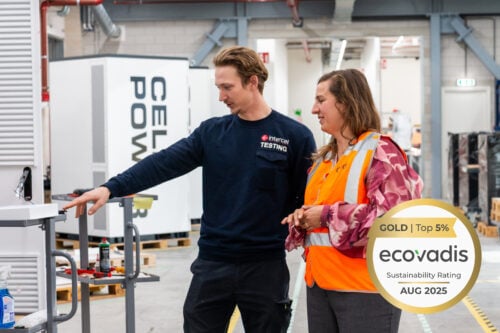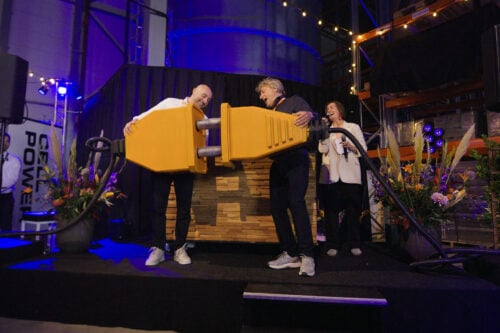AGM (which stands for Absorbed Glass Mat) and gel batteries are examples of VRLA batteries (which stands for Valve Regulated Lead-Acid). They are also called SLA batteries (Sealed Lead-Acid). These abbreviations are a reference to the safety valves in the covers of these batteries. The term gel battery is popularly used to refer to both AGM and gel batteries. AGM batteries are also called “membrane,” “starved electrolyte” or “dry.”
What are the differences between AGM and gel batteries?
VRLA batteries come in two different versions: AGM batteries and gel batteries. In a gel battery, specific mixtures of silicon are often added to the battery acid, giving the electrolyte a gel-like structure and preventing the battery from leaking. By “drilling” channels into the gel, gaseous oxygen moves from the positive to the negative side. Here, oxygen encounters hydrogen gas and together the substances touch water. At that point, energy is released. Gel batteries have excellent capacity, but with the slightly higher acid resistance, they are less suitable as starter batteries. However, they are very resistant to deep discharge and will continue to work if the battery discharges 20% of its rated capacity.
In AGM (Absorbed Glass Mat) batteries, the electrolyte stays in place thanks to a separating membrane. This is why this type of battery also bears the name membrane battery. The membrane consists of a fiberglass mat and functions like a sponge. This function is based on the capillary properties of the membrane. AGM batteries are also sometimes produced with very thin separation membranes. This leads to a low internal resistance. This makes it possible to achieve a high amount of energy with a relatively small battery. This makes this type of battery interesting for a wide range of applications.




